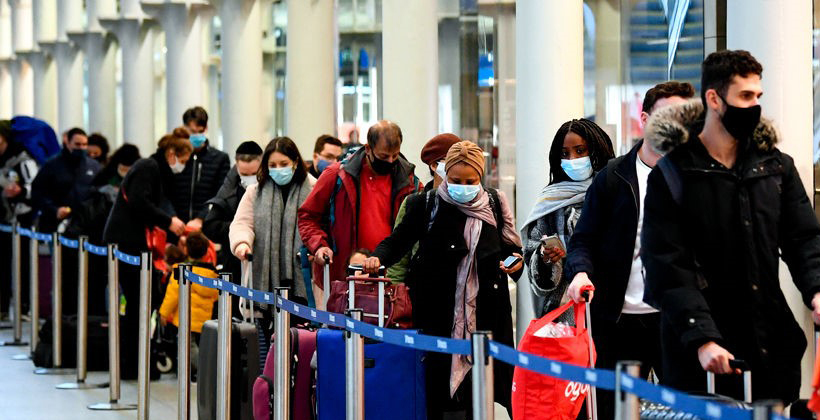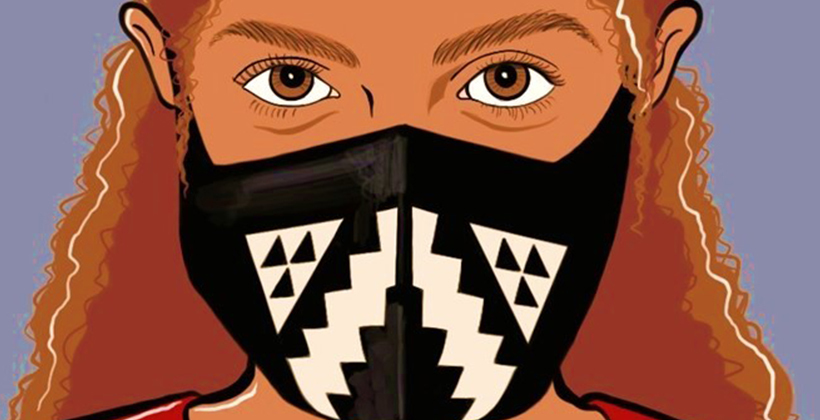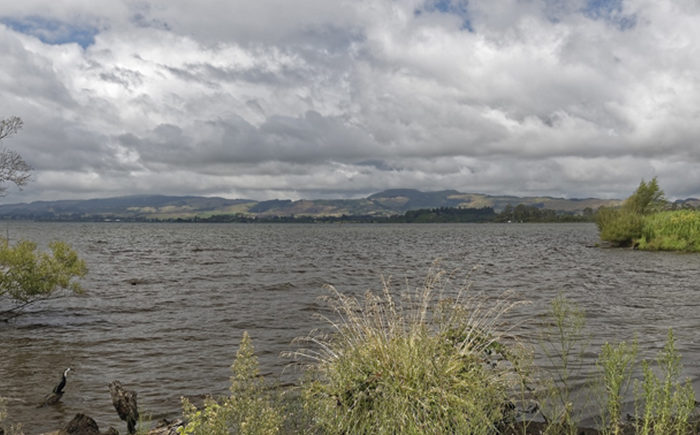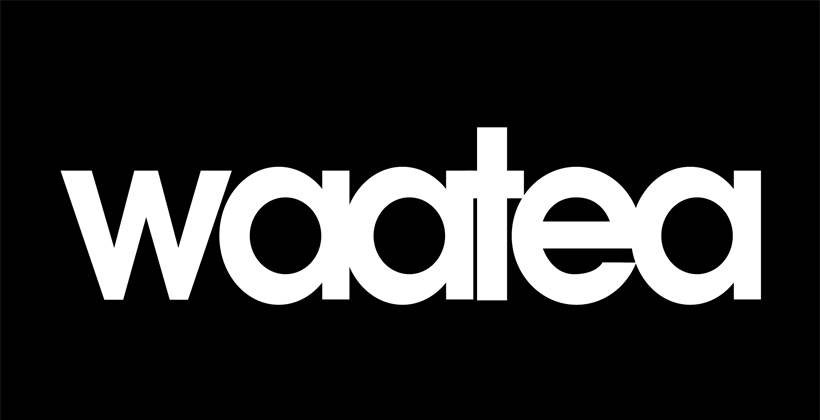December 03, 2021
Dr Rawiri Taonui | Ministry of Health Vaccination Data Misleads Māori


New Cases
There are 172 new cases today. The Delta OutBreak appears to have plateaued with numbers dropping from three consecutive days of 200+ new cases to between 134 and 182 over the last eight days.
While the levelling out is positive, we must remain concerned that Auckland passed 8,000 cases today, active cases across the country passed 6,000 for the first time yesterday, and ‘unlinked cases over the previous fortnight’ have averaged 900+ over the last two weeks. Total cases since Covid-19 arrived in New Zealand will pass 12,000 cases tomorrow.
On the current 7-day trend of 157 cases per day, there were will 12,300 cases by Christmas.
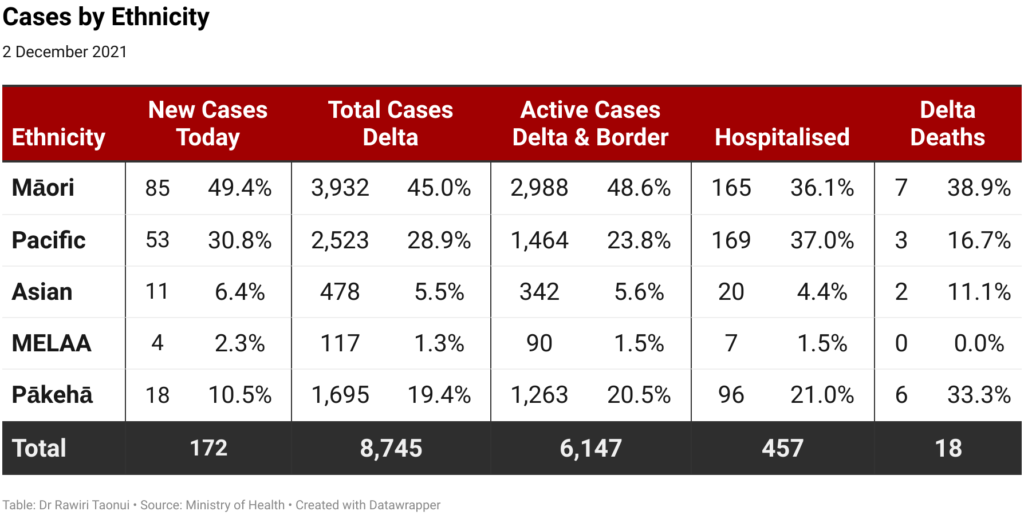
Photo Supplied
Māori Cases
There were 85 new Māori cases today. The number of new Māori cases has dropped from five consecutive days of 100+ new cases to between 66 and 89 over the last six days.
While the reducing average number of daily cases is positive, Māori are the highest cases for the 60th day in a row and are regularly over 50% of new daily cases. Māori have the highest total of all cases since Covid-19 arrived in New Zealand (yesterday passing the 4,000 threshold), the highest total of Delta cases, active cases, and deaths. There have been 94 new Māori hospitalisations since 1 November, more than double any other ethnicity. Māori will become the highest hospitalisations later this week.
On the current 7-day trend of 84 cases per day, there will be 5,900 Māori cases by Christmas.
Overall Māori Vaccination
Today the government figures claim 93% of eligible people in New Zealand have had their first dose and 86% are fully vaccinated, and, that Māori are 83% one dose of the vaccine and 69% are fully vaccinated. The actual figures are much lower with Māori at 76.2% at least one vaccination and 63.5% fully vaccinated.
In 2018, a Health Research Council of NZ and the Virtual Health Information Network (NZ) funded project, compared the Health Service User Index (HSU), which the Ministry of Heath uses to calculate vaccination numbers, with the Integrated Data Index (IDI), a large New Zealand Statistics database of individuals who engage with government services.
The project found the HSU undercounted the population by ethnicity, deprivation, and age. Māori are the most affected ethnicity with an estimated 21% undercount. This undercount is larger in high Māori demographic District Health Boards, areas of high deprivation and among Māori youth populations.
The HSU estimates the eligible Māori population at 571,000. The current NZ Statistics estimate of the eligible Māori population is up to 640,000. The Ministry of Health has admitted the Māori undercount may be as high as 70,000.
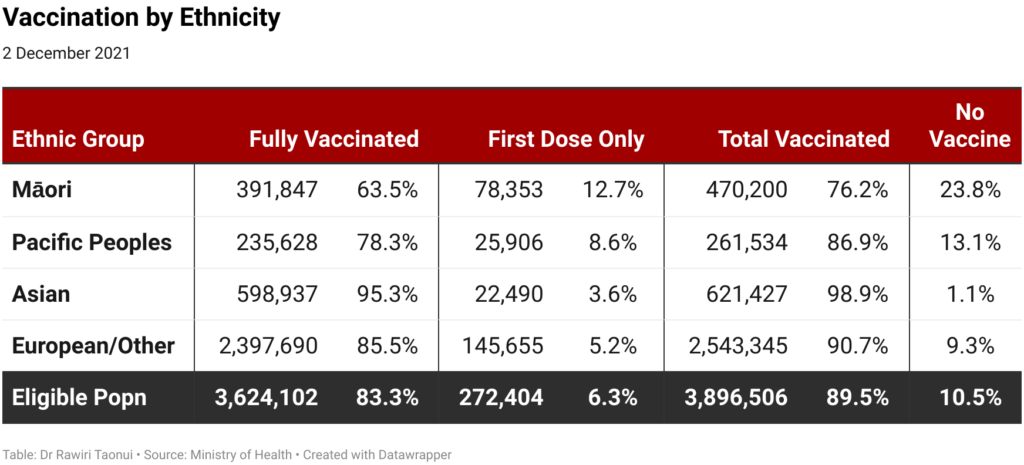
Photo Supplied
My current calculation is for a conservative undercount of 45,000 or 9% of the eligible Māori population. This could be higher. On current vaccination numbers, Māori are 63.5% fully vaccinated at the national level.
At the DHB level, the Waikato, Taranaki, Hawkes Bay, Te Tai Rāwhiti, Lakes, Whanganui, Northland, and Bay of Plenty are below this level. Numbers are much lower at local levels. For example, in Waimana, Ruatāhuna, Ruātoki and Waikaremoana the vaccination of under-30yrs is lower than 30%, and in Matahina 14% for 12-19yr olds.
While still behind Pākehā, Māori health providers are working furiously. Since 15 September, they have vaccinated over 190,000 Māori. This 68.8% increase is 50% higher than the increase of the combined Pākehā and Asian populations.

Photo Supplied
Māori are well behind in younger age cohorts. This leaves us dangerously exposed once the Auckland border opens. Nevertheless, the Rangatahi-led vaccination programmes are making a difference. Since 30 October, the vaccination of 12-19yrs has increased by 23% and 20-34yrs by 24.5%. These are the largest increases of all Māori age cohorts.

Photo Supplied
Data Challenge
One challenge in tracking and encouraging vaccination and challenging the government vaccination rollout is the uncritical reproduction of Ministry of Health figures on Māori news outlets and different software platforms. The reproduction of these figures is misleading our people in a way that sanitises government strategies that compromise te iwi Māori.
Noho haumaru, stay safe.
Dr Rawiri Taonui

